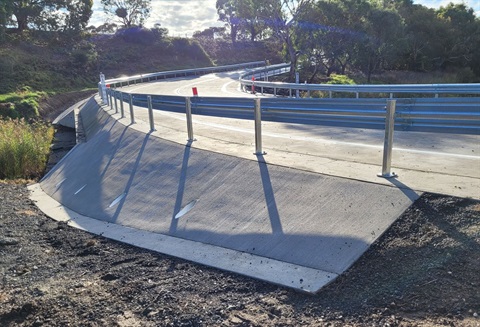What caused multiple calcified pulmonary parenchymal nodules to appear in a patient that smoked 20 cigarettes a day?
Gastroenterology clinical image challenge: A previously healthy 35-year-old woman was referred to our outpatient department for an incidental finding of multifocal lesions disseminated in both hepatic lobes on an ultrasound examination initially performed for lombalgia. She took no medications, smoked 20 cigarettes a day and drank no alcohol. The physical examination was unremarkable and she had no signs of chronic liver disease or hepatomegaly. She had a good appetite and denied weight loss or pulmonary symptoms.
All blood test results were nearly normal: hemoglobin, 12.5 g/dL; platelets, 125,000/mm3; bilirubin, 8 μmol/L; aspartate aminotransferase, 22 U/L; alanine aminotransferase, 15 U/L; alkaline phosphatase, 62 U/L; gamma-glutamyl transpeptidase, 21 U/L; and prothrombin index, 90%. Serum values of tumor markers (α-fetoprotein, carcinoembryonic antigen, and CA 19-9) were normal. She had been vaccinated against hepatitis B and the antibody test for hepatitis C was negative. An abdominal computed tomography (CT) scan (figure) showed multiple calcified subcapsular lesions in the portal phase (arrowheads), delayed enhancement for some nodules (star), atrophy of the lateral segment with capsular retraction and left lobe hypertrophy. A thoracic CT scan showed multiple calcified pulmonary parenchymal nodules.
What is the diagnosis?
To find out the diagnosis, read the full case in Gastroenterology.








